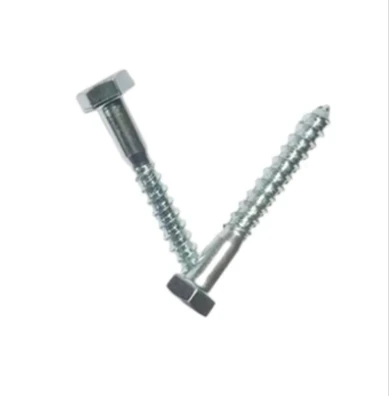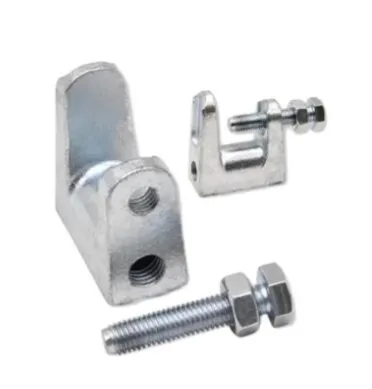febr. . 18, 2025 09:31 Back to list
carriage bolt washers
Bolts play a crucial role in structural integrity across many industries—be it construction, automotive, or aerospace. Understanding the diversity of bolt head types is pivotal for anyone involved in projects that require precise and reliable assembly methods. This guide demystifies various kinds of bolt heads and provides insights into their specific uses, aligning with the core principles of Experience, Expertise, Authoritativeness, and Trustworthiness.
When examining Button and Dome heads, one discovers a unique blend of functionality and aesthetics. These bolts are characterized by their rounded tops, providing a smooth finish that minimizes the risk of catching or damage in handling situations. They're prevalent in applications that prioritize safety and appearance, such as playground equipment, furniture, and decorative fixtures. Button heads are favored in low-profile applications where flush finishes are critical to the operational functionality of the product. Countersunk or flat-head bolts introduce another dimension to bolt selection criteria, especially in scenarios where a streamlined surface is critical. A staple in industries invested in aerodynamics and aesthetics, these bolts are designed to sit flush with the material surface, minimizing drag and enhancing visual appeal. Their ability to create seamless surfaces without compromising strength is why they are common in applications like aircraft assembly, skateboards, and high-speed machinery. Beyond these mainstream options, specialty bolt heads, such as T-heads or carriage bolts, cater to niche applications. T-heads are integral to machine tables or assembly line setups where quick adjustment is essential. Meanwhile, carriage bolts, with their smooth, domed heads and square necks, prevent rotation during installation. Thus, they are indispensable in wooden construction or where load distribution over a larger surface without protrusion is necessary. In sum, the array of bolt heads available can meet virtually all technical specifications and constraints imaginable. Through informed choices driven by Experience and Expertise, professionals can ensure that their selections not only fulfill immediate technical needs but also align with long-term project goals, thus reinforcing Authoritativeness and Trustworthiness in their field. Understanding these distinctions empowers engineers, builders, and designers to enhance the functionality, safety, and aesthetics of their projects, setting a higher standard in construction and manufacturing excellence.


When examining Button and Dome heads, one discovers a unique blend of functionality and aesthetics. These bolts are characterized by their rounded tops, providing a smooth finish that minimizes the risk of catching or damage in handling situations. They're prevalent in applications that prioritize safety and appearance, such as playground equipment, furniture, and decorative fixtures. Button heads are favored in low-profile applications where flush finishes are critical to the operational functionality of the product. Countersunk or flat-head bolts introduce another dimension to bolt selection criteria, especially in scenarios where a streamlined surface is critical. A staple in industries invested in aerodynamics and aesthetics, these bolts are designed to sit flush with the material surface, minimizing drag and enhancing visual appeal. Their ability to create seamless surfaces without compromising strength is why they are common in applications like aircraft assembly, skateboards, and high-speed machinery. Beyond these mainstream options, specialty bolt heads, such as T-heads or carriage bolts, cater to niche applications. T-heads are integral to machine tables or assembly line setups where quick adjustment is essential. Meanwhile, carriage bolts, with their smooth, domed heads and square necks, prevent rotation during installation. Thus, they are indispensable in wooden construction or where load distribution over a larger surface without protrusion is necessary. In sum, the array of bolt heads available can meet virtually all technical specifications and constraints imaginable. Through informed choices driven by Experience and Expertise, professionals can ensure that their selections not only fulfill immediate technical needs but also align with long-term project goals, thus reinforcing Authoritativeness and Trustworthiness in their field. Understanding these distinctions empowers engineers, builders, and designers to enhance the functionality, safety, and aesthetics of their projects, setting a higher standard in construction and manufacturing excellence.


